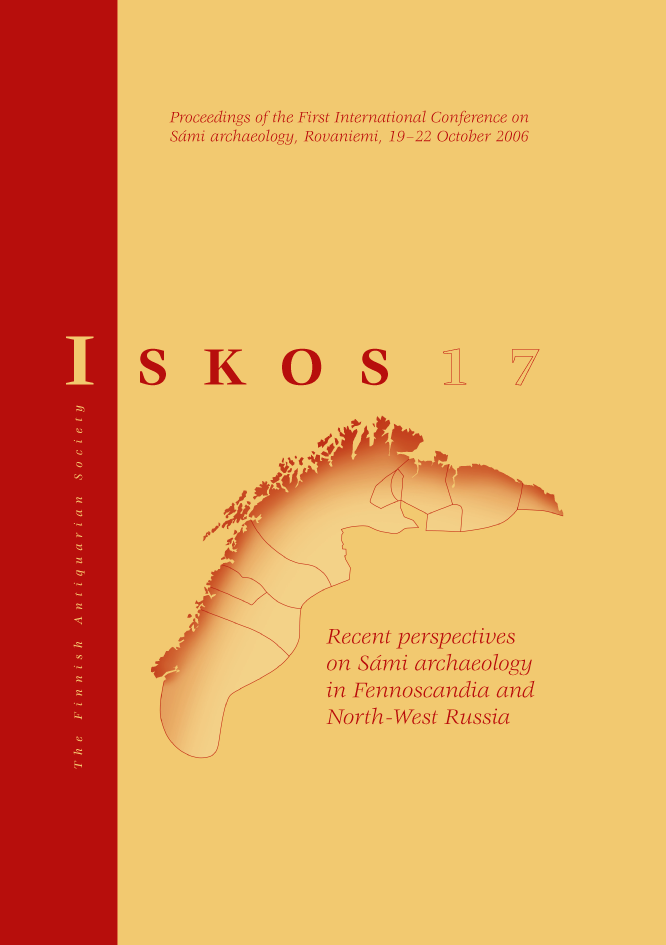Early Iron Age settlements in the western part of the White Sea
Abstract
The Early Iron Age in the western part of the White Sea is characterized by the spread of two leading ceramic types: Luukonsaari and Anan'ino (Fig. 1). The appearance of Anan'ino ceramics in the southern part of the White Sea is connected to the infiltration of eastern populations from the basins of the North Dvina and Mezen rivers in the 6th and 5th centuries BC. Luukonsaari ceramics are of local origin.
The south-western part of the White Sea is a contact area distinguished by the presence of a hybrid ceramic type that combines features of the Luukonsaari and Anan'ino types. During a certain period, two different ethnic groups inhabited this territory. Investigations of Iron Age sites in the western part of the White Sea area are very important for studying the problem of the origin of ethno-cultural groups of Sámi people.
A lready in the 3rd century BC, local inhabitants of the western part of the White Sea adopted the technology of iron production in furnaces, i.e., boxes constructed from stone slabs. Following the spread of iron, stone wood-working implements, arrowheads, spearheads, and knives fully disappear from the archaeological record.




